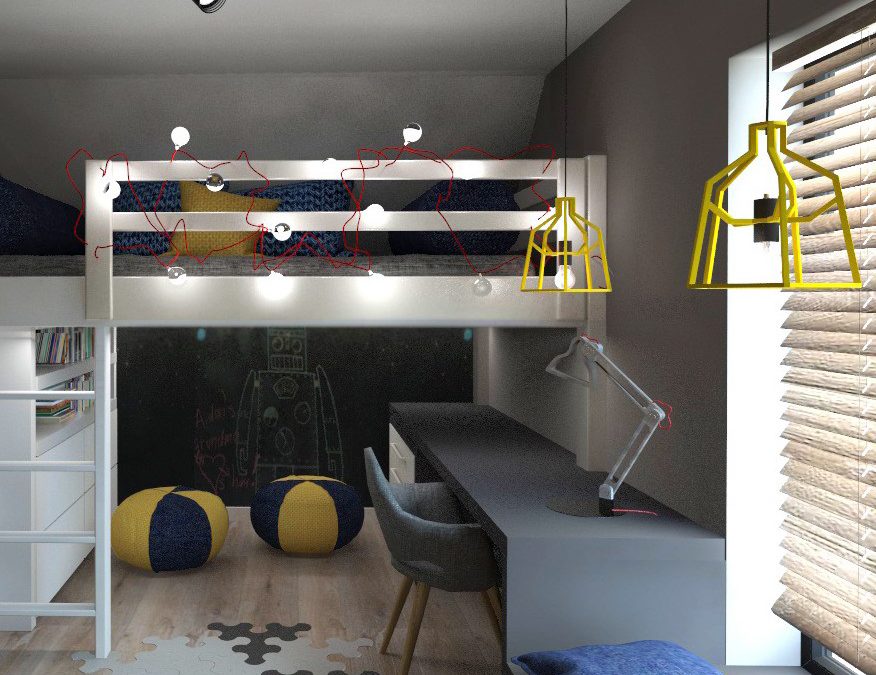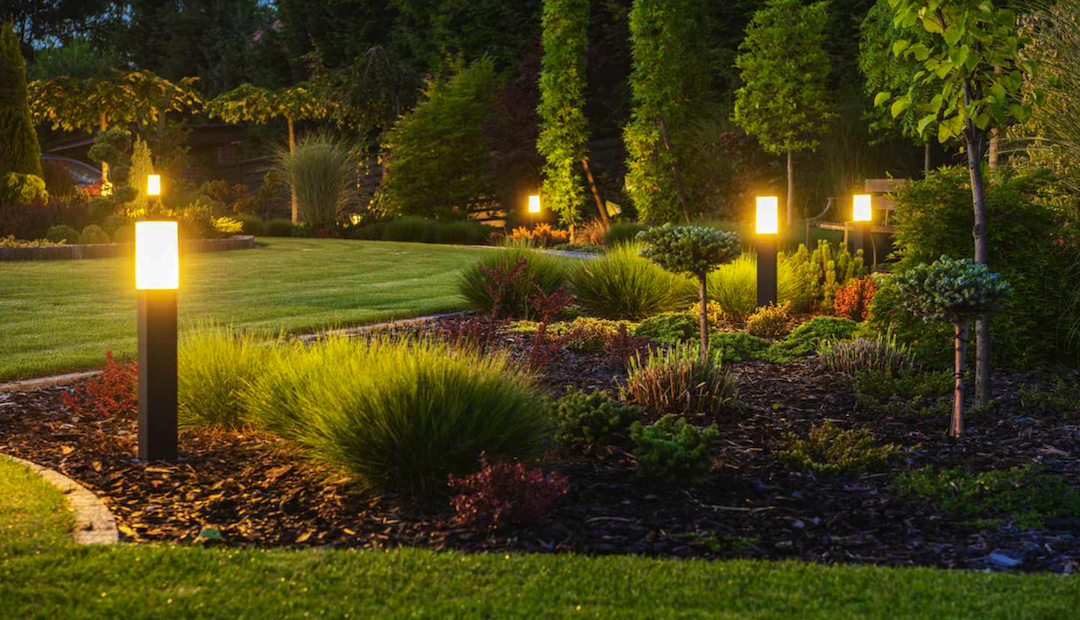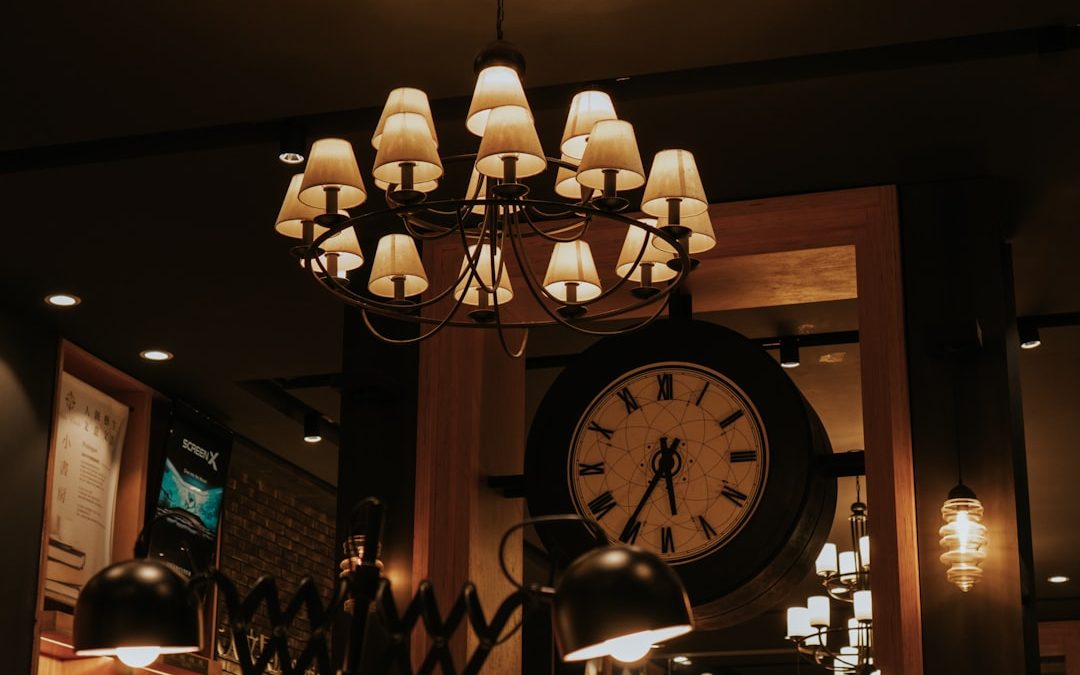
Embracing the Timeless Charm of Traditional Scandi Design
Introduction
Scandinavian design has been popular for decades, known for its simplicity, functionality, and minimalism. Traditional Scandi design has evolved over time, but has always maintained its focus on clean lines, natural materials, and a muted color palette. In this article, we’ll explore the history of traditional Scandi design and how it has remained relevant in the modern era.
The Origins of Scandi Design
Scandi design emerged in the early 20th century as a response to the ornate and elaborate designs of the time. The movement was led by architects and designers who were interested in creating practical, functional, and beautiful objects that were accessible to everyone. The early Scandi design aesthetic was heavily influenced by the Arts and Crafts movement and the Bauhaus movement.
The Elements of Traditional Scandi Design
Traditionally, Scandi design was characterized by several key elements:
Clean Lines
One of the most distinctive features of traditional Scandi design is its use of clean, simple lines. There are no ornate decorations or embellishments – just clean, functional shapes that are designed to be beautiful in their simplicity.
Natural Materials
Traditional Scandi design relies heavily on natural materials, such as wood, stone, and leather. These materials are not only beautiful, but also durable and long-lasting.
Muted Color Palette
Another key element of Scandi design is a muted color palette. The focus is on neutral colors, such as white, gray, and beige, with occasional pops of color in muted shades.
How Scandi Design Has Evolved
Over time, Scandi design has evolved to incorporate new materials and technology, while still maintaining its focus on simplicity and functionality. In the 1950s and 60s, Scandi design became even more popular, thanks to the rise of mid-century modern design. The clean lines of Scandi design fit perfectly with the mid-century modern aesthetic.
In recent years, Scandi design has continued to evolve to incorporate new materials, such as plastic and metal, and to incorporate new technology, such as 3D printing. However, the focus on simplicity, functionality, and beauty remains at the heart of traditional Scandi design.
Incorporating Scandi Design into Your Home
If you’re interested in incorporating traditional Scandi design into your home, there are several ways to do so. One of the simplest is to focus on clean lines and natural materials. Look for furniture made from wood or leather, and choose neutral colors for your walls and accessories.
You can also incorporate Scandi design into your home by using lighting to create a warm and welcoming atmosphere. Choose lighting fixtures that are simple and elegant, and use lamps and candles to create a cozy ambiance.



